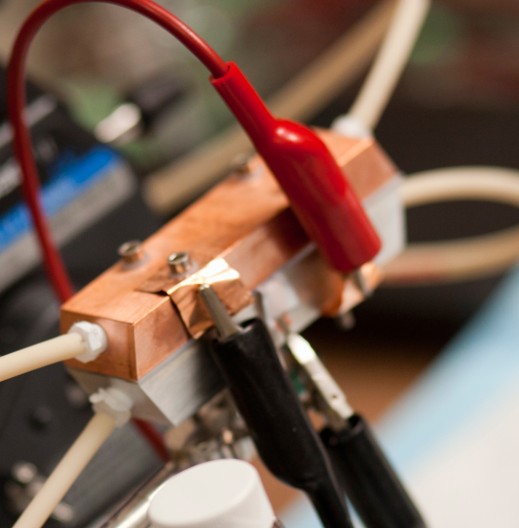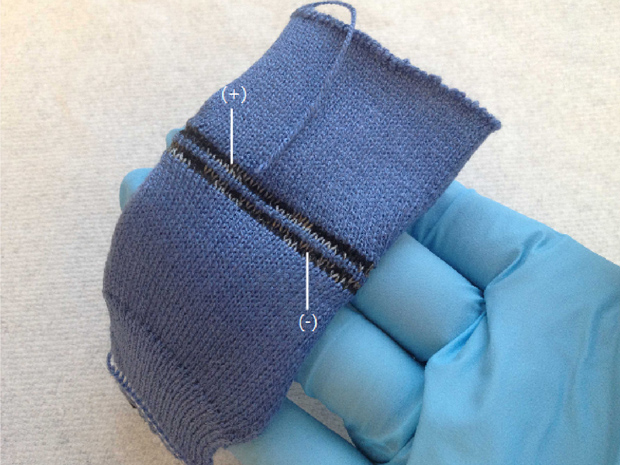
Researchers from Massachusetts Institute of Technology – MIT revealed us a provocative discovery, an alternative to refuel the existing weak batteries for electric vehicles.
The research work and experiments were carried out by Mihai Duduta and graduate student Bryan Ho, under the leadership of professors of materials science W. Craig Carter and Yet-Ming Chiang. The new battery get an innovative architecture, a semi solid flow cell, which means that solid particles are suspended in a carrier liquid and pumped through the system. This way the negative and positive electrodes are composed of particles suspended in two different liquid electrolytes pumped separated by a filter.
The most important characteristic of the innovation consist in the separation of the two functions of the battery, storing energy and discharging when it needs, as well as separation in two different physical structures. In the conventional lithium-ion battery, both storage and discharge take place in the same structure.
With separated functions the battery can be designed more efficiently, reducing in size and of course as cost of a complete system at half of current level. This reduction would be the key to making electric vehicles fully competitive with conventional gas or diesel powered vehicles. Another advantage is that such a system would permit the possibility of refuelling the battery by pumping out the spent liquid and replacing with fresh one, fully charged replacement or the simply recharging the existing material when time permits.
The battery pioneered by Chiang and its colleagues overcome the actual limitation by providing 10 fold improvement in energy density over present liquid flow batteries and lower cost manufacturing than conventional lithium-ion battery. The new battery system could be scaled up to very large sizes at low cost and is well suited for large scale electricity storage for utilities, making intermittent sources such wind and solar energy for powering the electric grid.
A distinguished University Professor at Drexel University and director of Drexel’s Nanotechnology Institute, Mr. Yury Gogotsi, says: “The demonstration of a semi-solid lithium-ion battery is a major breakthrough that shows that slurry-type active materials can be used for storing electrical energy.”
The technology development was partly funded by grants from the U.S. Department of Defense’s Advanced Research Projects Agency and Advanced Research Projects Agency Energy (ARPA-E) and is being licensed to a company called 24M Technologies, founded by Chiang and Carter and raised financing for research more than $16 million.



